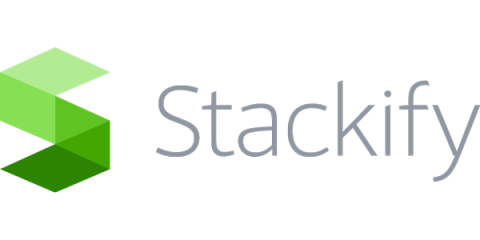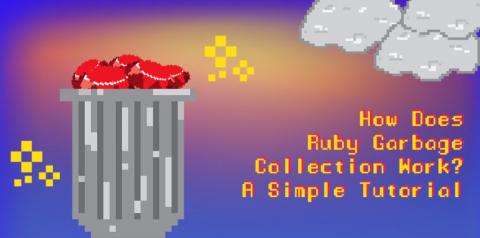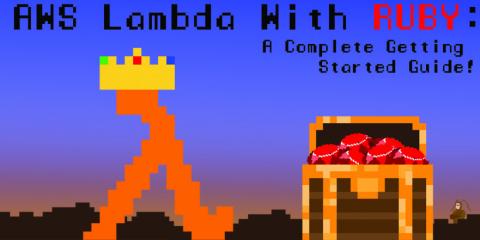Flamegraph: How to Visualize Stack Traces and Performance
So you want a faster application? If you’ve not heard of a flamegraph, it can be a great way to improve and gain insight into your application performance. Today, we’ll explain what a flamegraph is. We’ll cover the stack trace and its origin, the call stack. Finally, we’ll define the flame graph and show how to leverage it for improving the performance of your application. Sound good? Let’s get to it. Before we get to what a flamegraph is, we need to discuss stack traces.











